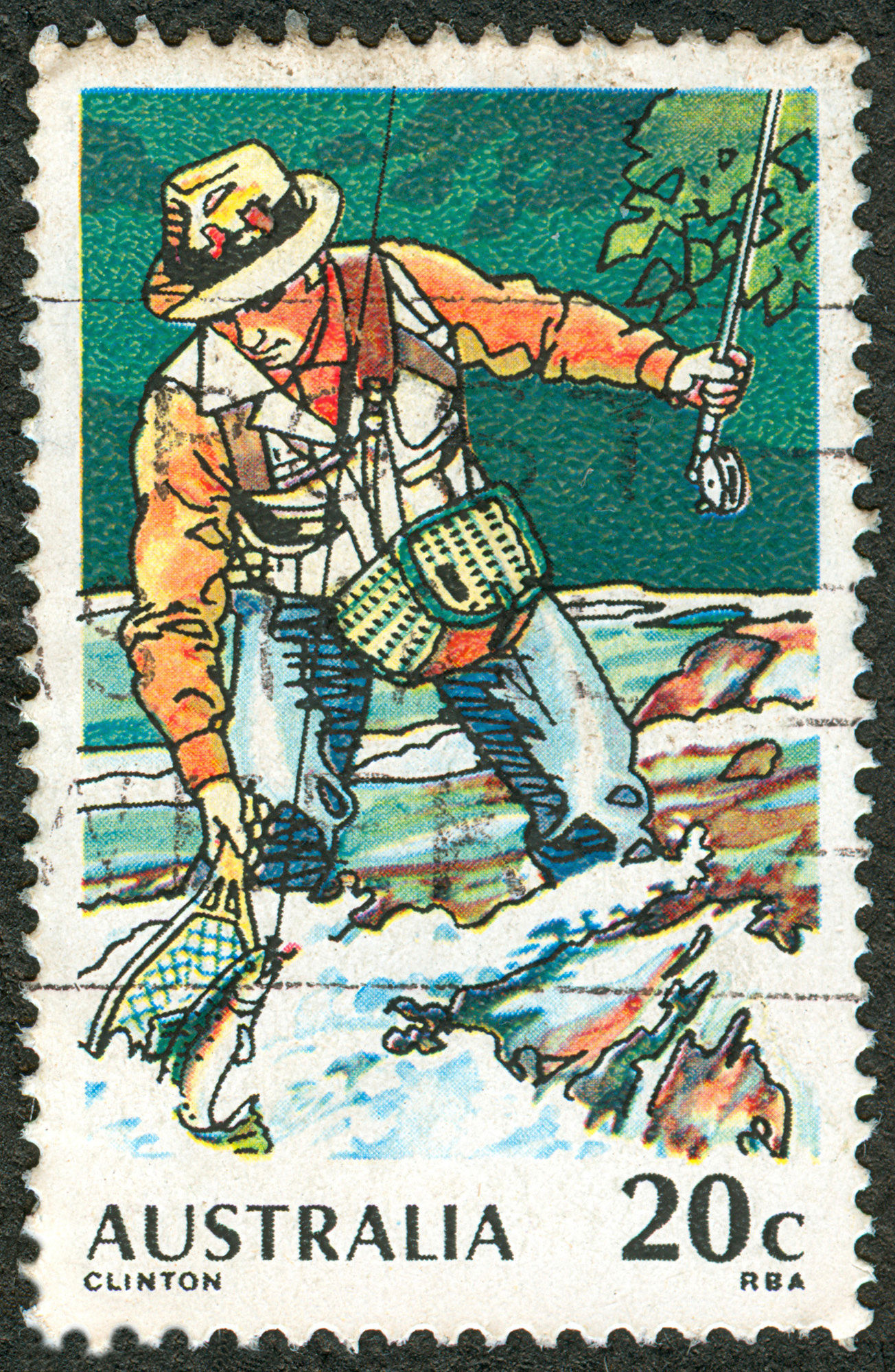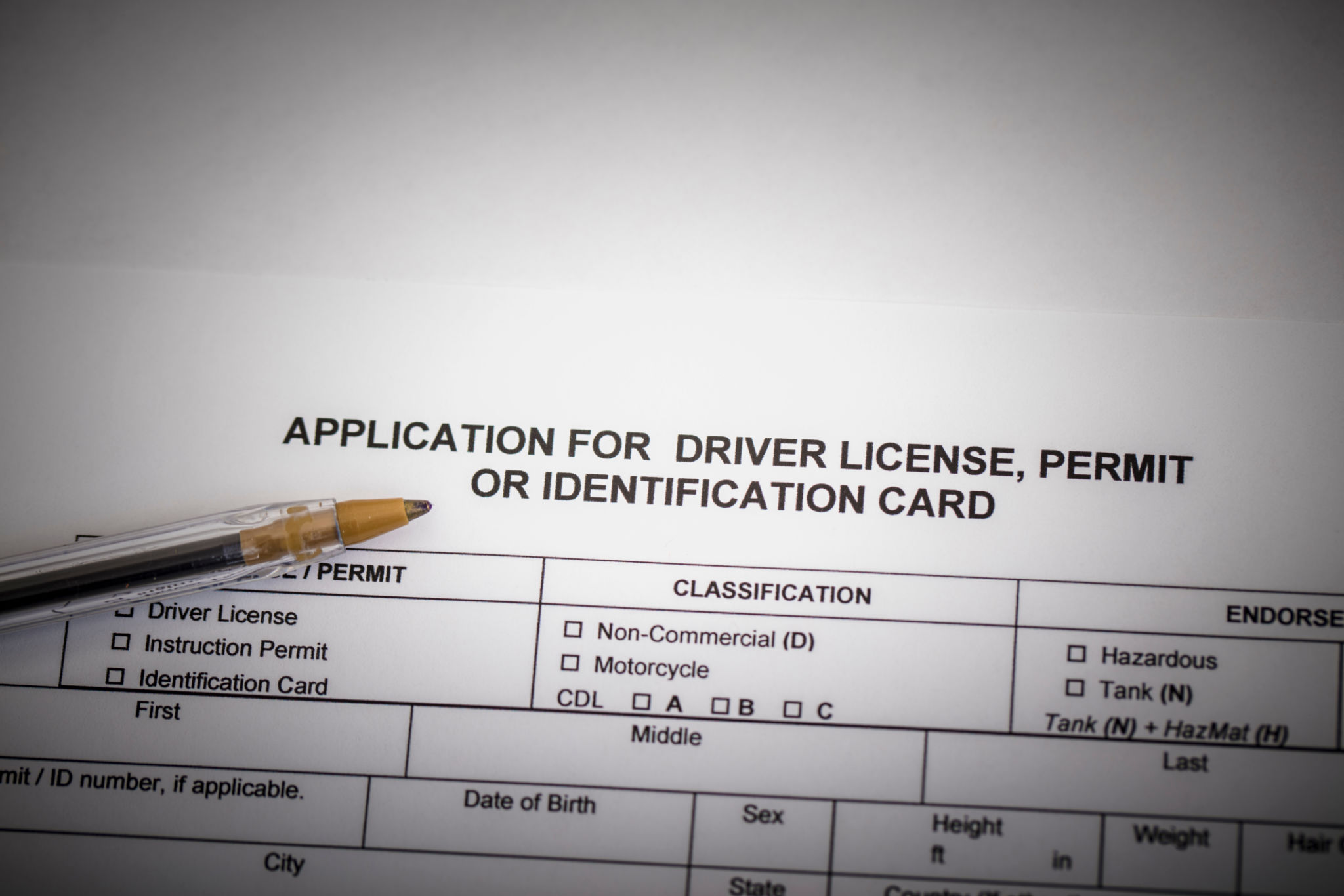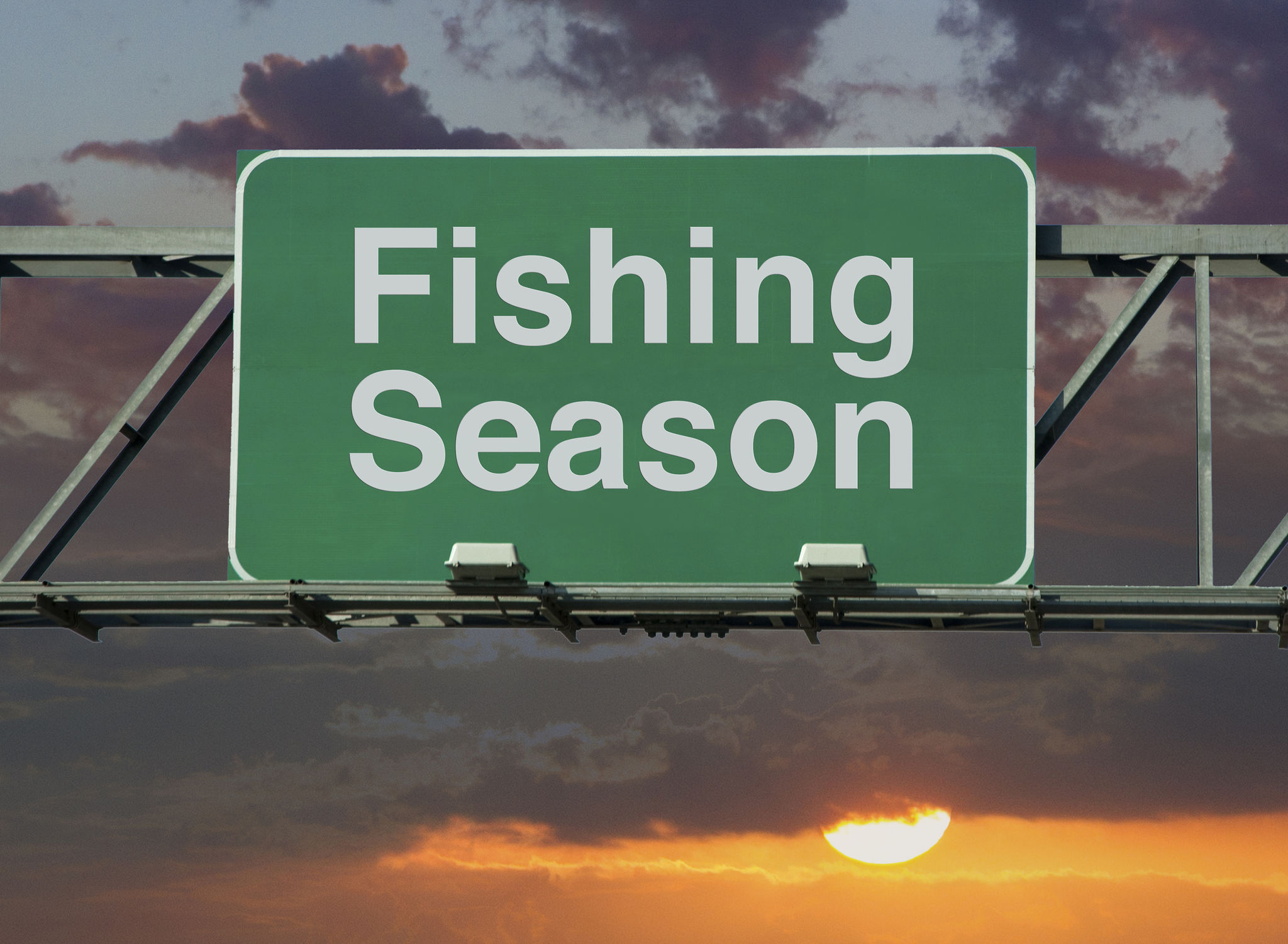How to Navigate Fishing Regulations Across Different States
Understanding Fishing Regulations
Fishing regulations are crucial for maintaining sustainable fish populations and ensuring that anglers have a fair and enjoyable experience. However, these regulations can vary significantly from state to state in the U.S., making it important for fishermen to be well-informed before casting their lines. This guide will help you navigate the complexities of fishing regulations across different states.

Researching State-Specific Regulations
The first step in navigating fishing regulations is understanding that each state sets its own rules. These regulations can include specific fishing seasons, size and bag limits, gear restrictions, and licensing requirements. To ensure compliance, it's essential to research the rules for the particular state where you plan to fish.
Utilizing State Resources
Most states have dedicated websites or online resources managed by their wildlife or natural resources departments. These websites provide comprehensive information on current fishing regulations, including any recent changes or updates. Take advantage of these resources to stay informed and avoid unintentional violations.

Obtaining the Right Licenses
Fishing licenses are generally required for anyone wishing to fish legally in freshwater or saltwater areas. The process of obtaining a license can vary from state to state, with different types of licenses available based on factors such as age, residency, and the type of water being fished.
Types of Fishing Licenses
- Resident Licenses: Typically offered at a lower cost for residents of the state.
- Non-Resident Licenses: Generally more expensive, catering to those visiting from other states.
- Specialty Licenses: Such as those for saltwater fishing or specific species like trout or salmon.

Understanding Seasonal and Local Restrictions
Apart from statewide regulations, many states also enforce local restrictions that can vary from one region to another. These may include specific fishing seasons for certain species or temporary closures to protect spawning areas. Being aware of these restrictions is crucial for planning your fishing trips effectively.
Checking Local Notices
Before heading out, check for any local advisories or temporary bans that might affect your fishing plans. Local tackle shops and ranger stations often have up-to-date information on such matters. Additionally, many states offer mobile apps that provide real-time updates on local regulations and conditions.

Respecting Conservation Efforts
Ultimately, fishing regulations are in place to support conservation efforts and ensure the health of aquatic ecosystems. By adhering to these rules, anglers contribute to preserving fish populations for future generations. Understanding and respecting these efforts not only enhances the fishing experience but also promotes environmental stewardship.
Engaging in Responsible Fishing Practices
Responsible anglers go beyond just following regulations; they also practice catch-and-release when appropriate, minimize environmental impact, and report any illegal activities they might encounter. These practices help maintain the balance within aquatic environments and ensure a sustainable future for fishing.

By taking the time to understand and respect fishing regulations across different states, anglers can enjoy their favorite pastime while contributing positively to conservation efforts. Being informed, obtaining the appropriate licenses, and adhering to seasonal restrictions ensure that your fishing adventures remain enjoyable and lawful.
